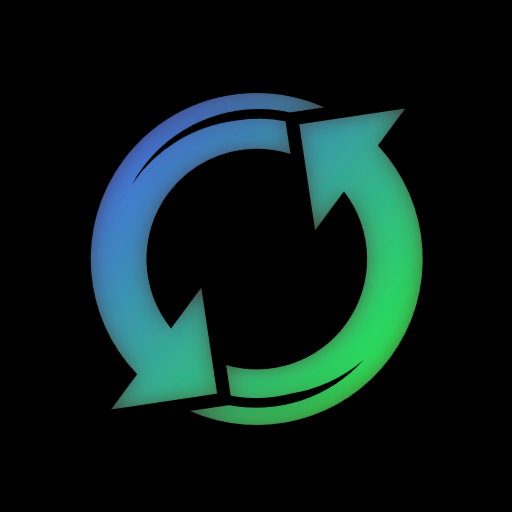

If you’d like to learn more about Haptic, why it’s being built, what its goals are and how it differs from all the other markdown editors out there, you can read more about it here.
As others have noted, the app doesn’t work on mobile yet. Anybody willing to share the content here for mobile users?







I use proton vpn and Firefox Focus on iOS. I’m not sure which of them is doing the heavy lifting, but I rarely see ads on my phone.